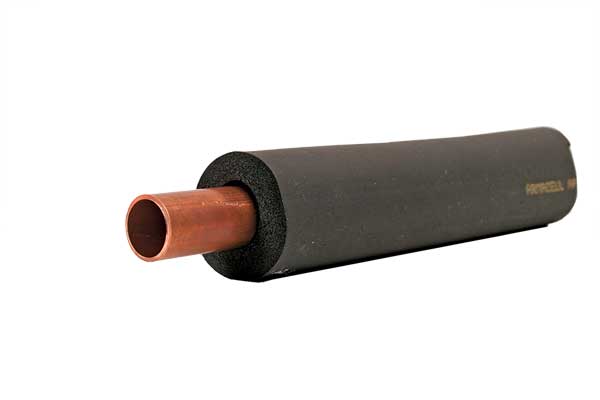
9 Steps to A Greener Code
New homes built using the 2009 International Residential Code (IRC) or International Energy Conservation Code (IECC) will be more energy efficient than ever. As a consequence, a builder’s world may become a bit more complex and, in some cases, a bit more expensive.
STEP 7: INSULATING MECHANICAL PIPES
Code: N1103.3 Mechanical-system piping capable
of carrying fluids above 105°F (41°C) or below 55°F (13°C) must be insulated to a minimum of R-3.
What it means to you: Although this might clear up an inconsistency between previously stated requirements of 1-in. insulation (which is approximately R-4), it at least raises the required insulation values from R-2 to R-3 as a compromise. Remember, though, that this code focuses on mechanical pipes, which could carry fluids such as glycol, not potable-water pipes.
The 2009 building codes reflect practices that not only increase energy efficiency—air-sealing measures and increased insulation, for example—but also address sustainable building practices, such as moisture control.
Other segments of this series:
Part 4: Programmable Thermostats
Part 7: Insulating Mechanical Pipes
Part 8: Exceeding the Energy Code
Weekly Newsletter
Get building science and energy efficiency advice, plus special offers, in your inbox.














0 Comments
Log in or create an account to post a comment.
Sign up Log in